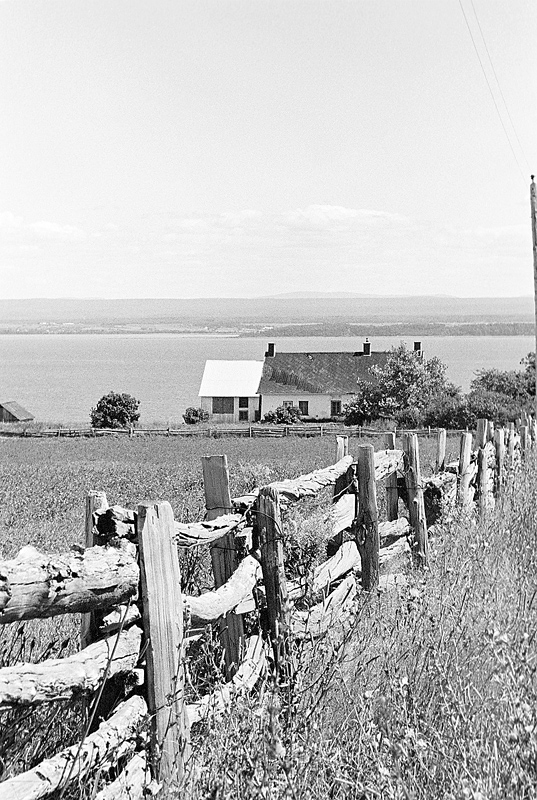As you are working on your Homesteading plan, you will need to consider your area. We have friends who live in other parts of the Country (USA) who are working hard to plan their homestead. Their dream is to setup their homestead in the beautiful mountain and fertile areas in the East, but they currently live in the dry flat areas of the West. Obviously, there is quite a contrast in the environment, culture, and growing seasons, so they will have quite a bit of preparations to make as they adjust.
Get a Free Subscription to PREPARE Magazine
Homesteading can be a difficult transition if you are not reasonably prepared. Someone going from a city 9 to 5 work schedule to a homestead work routine, might be in for some serious adjustments. Not bad, just different. If you add a completely different environment to the adjustment process, you really will have some serious challenges ahead of you.
Let’s talk about your garden and growing crops in your region:
Gardening According to Your Region
If you plan on growing your own food, you might want to do a little planning for your garden according to your region. Gardening is different in every area. There are regions and according to where you live, the regions will show you temperatures, what you can grow at what time of year, etc.
Don’t waste your time by trying to plant foods that are outside your region. The USDA (United States Department of Agriculture) has a map for the U.S. showing when certain foods should be planted and also the best region to grow certain types of food.
Plants, seeds they are labeled according to their “hardiness.” That means that you could live in one area of state where the plant might excel and someone else can live in the same state but the plant might not thrive. There are temperature zones numbered 1-11 here in the U.S.
Southern states are divided by whether the area is coastal and tropical as well as whether they fall under the upper, lower or middle South zone. A state can be all of one particular region or a mixture of two or three. For example, Florida’s region is completely coastal and tropical while South Carolina is a blend of coastal and tropical as well as lower and middle South.
Some states are located in the Desert regions of the southwestern United States. Larger states such as California are divided into zones according to whether you are in the northern or southern part of the state. This state is so large that it also has a coastal zone and inland valley zone!
There are several other zones:
- Western Mountains
- High Plains
- Pacific Northwest
- Mid-Atlantic
- New England
- Central Midwest
It is fairly simple to find your region. Look online for the USDA map that shows all the regions within the United States. A lot of plants you buy will have this map on the back of the tag. It will also tell you the best time of year to plant. You can try planting other items but just be mindful that the map tells you what will grow best in your region of the country.
There are some vegetables and grains that will grow well in all regions such as corn. Other vegetables that do well in all regions are tomatoes, beans, peas, potatoes and carrots. Hearty grains are oats and barley.
Leaf vegetables that are hardy and grow well are squash, lettuce and cabbage. Herbs are fun to grow in pots so don’t forget to add some of these to your garden. You can use these to add flavor to all of your foods when you are in survival mode.
Plant some fruit trees so that you can make jams and jellies, pies and various other desserts.
Hearty berry plants are raspberries, blackberries and blueberries. They are fairly easy to grow and so delicious right off the vine.
Anything that you grow in your garden, including both fruits and vegetables, will can and store safely. You need to be mindful that when you do can, the food boils for at least 10 minutes.
As you know from having a picnic outside, everything tastes better when it is outdoors. It is especially true when you pick the food yourself and eat it right off the vine. Garden fruits and vegetables will keep for years and overall, because no preservatives have been added, it is much healthier for you and will retain its fresh taste longer.
Related Content
- Raising Livestock at Home: Tips for Keeping Chickens, Goats and Other Animals on Your Property
- 5 Ways to Transform Your Backyard into a Thriving Home Farm
- Design Your Homestead for Passive Heating and Cooling
- Why Choose Organic Gardening? The Pros and Cons Explained
- How to Start Your Own Home Farm: A Beginner’s Guide





